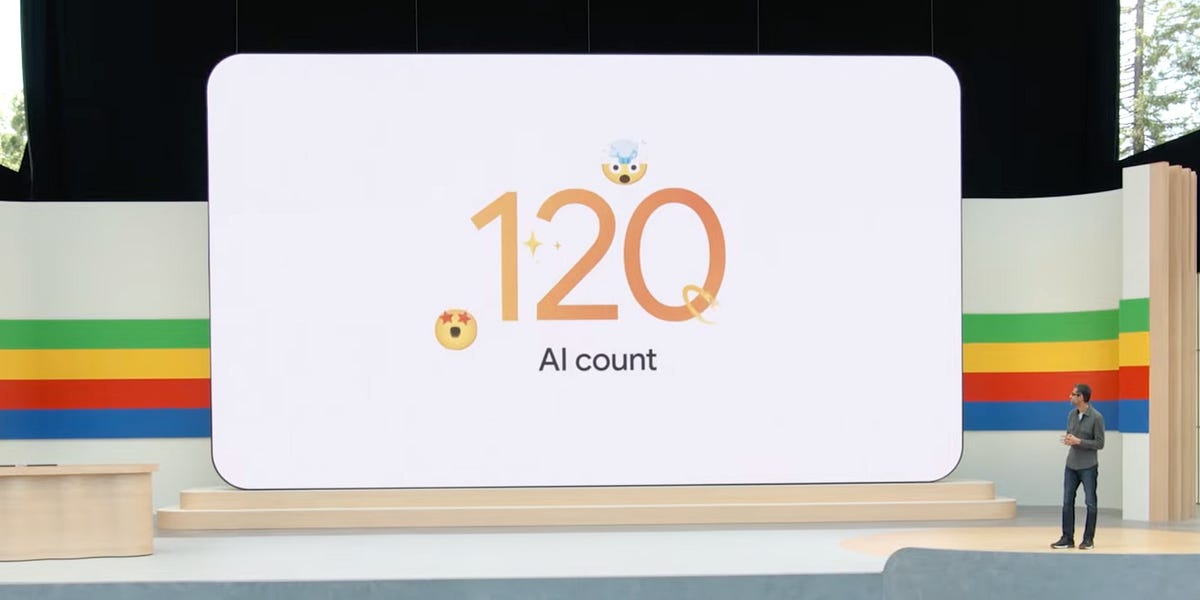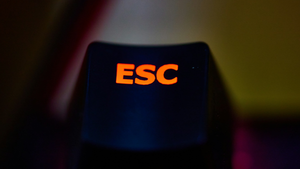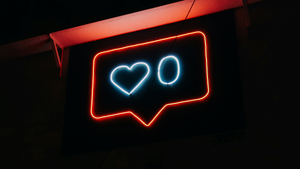After months of obsessing by tech media, Apple’s generative AI features are (almost) here. In a prerecorded keynote at its Worldwide Developers’ Conference (WWDC) on Monday, company executives ran through a series of features like proofreading and changing the tone of text, recording and transcribing phone calls, a more capable Siri voice assistant, and an emoji generator which all fell under the label of “Apple Intelligence” — its branding term for generative AI. But none of them were anything to get too excited about.
The biggest takeaway from Apple’s keynote is that the air continues to flow out of the generative AI bubble. Last month, Google and OpenAI had their own lackluster showcases to demonstrate a series of evolutionary and even mundane features that were hard for anyone not steeped in AI boosterism to get excited about. One of the standout subpar moments of the Google event was when the company showed off how its Gemini chatbot could find a user’s license plate number in the Photos app as if it was a huge deal. Apple virtually recreated it, but with a driver’s license number instead.

Unlike what OpenAI and Google were doing last year, Apple clearly isn’t trying to make people think its generative AI features are going to change the world. If we weren’t in this moment of AI hype driven by investor exuberance rather than tangible technological progress, these features would just be like any other additions to Apple’s operating systems. But they have to be singled out and given some extra fanfare because that’s usually what helps boost a company’s share price these days — or at least protects it from sliding.
After all the build up, Apple’s stock dropped in after market trading but jumped on Tuesday. The company clearly has a strategy to use its Apple Intelligence features to try to address some of the deeper problems with its business. It just remains to see if it will work, and if some of those generative AI features it’s banking on to deliver a boost might come back to bite it.
Apple’s ambitions still face challenges
Last month, Apple was in the crosshairs of artists when it released an advertisement for the new iPad Pro that showed a whole range of creative tools being destroyed to give way to the thin black slab of glass and metal. The company meant to illustrate how much creative work it believed could be done on the device, but after over a year of concern about how tech companies are deploying generative AI to take work away from artists, it sparked an uproar. As Apple rolls out its text and image generation features, the company risks more creative ire.
The image generator built into Apple Intelligence contains the strange and glossy aesthetic we’ve come to expect from AI-generated visuals. Not to mention that the use cases the feature is supposed to make possible — like being able to send personalized generated images in text messages — seem wholly unnecessary. But the worst part is that Apple isn’t being open about where it’s getting the data that powers its models.
In a news release, the company said it used licensed data and “publicly available data collected by our web-crawler,” with the option for publishers to opt out of having their content gathered as training data. It also assured users that their personal data and interactions are not being used. But the company didn’t say whether copyrighted works were absorbed into its training data without creators’ permission, suggesting it likely followed similar methods as other tech companies. Just days ago, Chamber of Progress launched a campaign to defend the legality of tech companies using copyrighted works in AI training data. Apple is a member of that lobby group.
On top of the potential anger from publishers and artists, Apple could face a public backlash once people actually get their hands on its generative AI features. After Google’s I/O event in May, it was pilloried for the terrible AI Overviews it enabled on Search that gave out an endless stream of incorrect and even dangerous answers. We’ve yet to see whether Siri will have its own controversial recommendations to make or if Apple’s built-in image generator will start spitting out offensive AI slop like so many others. That will be tested in the coming months.
Privacy is also still an open question, but the one it may be least likely to face criticism on. Apple has long presented itself as being uniquely committed to protecting user privacy, even as some groups have called those claims into question for not being as solid as the company suggests. The company’s AI features have previously done a lot of their processing directly on the device, but with generative AI it will be sending some tasks to servers it says will be highly secure, so much that it’s calling them “Private Cloud Compute.”
After looking over Apple’s breakdown of the system, cryptographer and Johns Hopkins University professor Matthew Green wrote on Twitter that “if you gave an excellent team a huge pile of money and told them to build the best ‘private’ cloud in the world, it would probably look like this.” Even with that praise, he warned there will still be a lot of vulnerabilities that could be difficult for researchers for detect. Apple also still hasn’t said whether users will be able to fully opt out of the feature if they choose to. But those protections only apply to Apple Intelligence. If a user wants to use the ChatGPT integration, almost all of that goes out the window and users must agree to share data with OpenAI on far less secure terms.
AI to drive iPhone sales
One thing you can say for Apple’s generative AI plans is that it does seem to have better curated the use cases it’s targeting instead of trying to throw everything at the wall, like some of its competitors. That doesn’t eliminate the broader problems that critics have been identifying with generative AI for more than a year, but the framing of the features does signal how Apple is hoping to use them.
The company isn’t positioning Apple Intelligence as a new subscription that users can sign up for to boost its digital services revenue. Instead, it’s just another set of features made available to people who buy its hardware — like its suite of office software. That not only further dispels the notion that generative AI is some groundbreaking development, but shows Apple is positioning the features to help it drive hardware sales — and specifically a new cycle of iPhone upgrades.
The company has been struggling with plateauing iPhone unit sales for years. It increased sales revenue by hiking prices through the introduction of its iPhone X and later iPhone Pro models, but even that stopped working last year when it had four consecutive quarters of declining revenue. Recently, iPhone sales in China saw a recovery, but that was driven by deep discounts.
Apple Intelligence will be limited to iPads and Macs with M1 chips, meaning certain models released in the last few years, but that’s even more constrained for iPhones. The only existing models that will be able to run the generative AI features when they’re released are the premium 15 Pro and Pro Max models that came out last fall, meaning the WWDC keynote was essentially a message to consumers that they’d better get ready to upgrade if they want the latest and greatest AI tools on their phone.

Apple Intelligence will be the central part of a big push to drive an iPhone upgrade supercycle in the fall to deliver good financial results for the fiscal year. Rumors suggest Apple is even planning to launch a new model alongside the iPhone 16 series that’s tentatively named the iPhone Slim and will be even more expensive than the Pro Max.
Apple Intelligence is not the company’s “next big thing.” After the Vision Pro bombed and the car project was canceled, generative AI may help drive some additional sales in its existing hardware lineup, but Apple still seems as paralyzed by its success as it’s been for some time. It’s lucky chatbots and image generators aren’t the pivotal moment Sam Altman wanted us to believe, or the company might have really been in trouble.
UPDATE (June 11, 2023): Clarified Apple’s share price movements after markets opened.







Member discussion